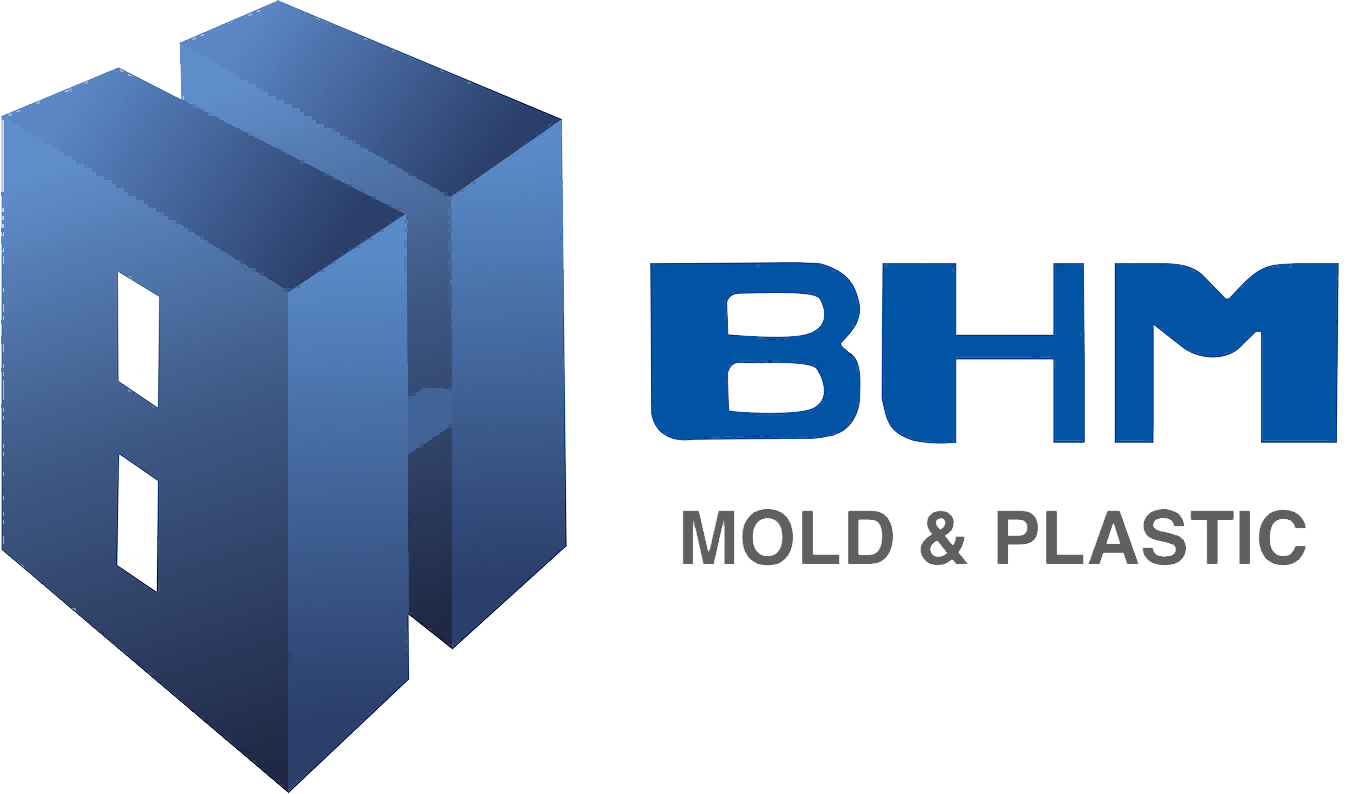Understanding the Evolution of Medical Device Manufacturing
The medical device industry has witnessed remarkable transformations in recent years, with OEM molding emerging as a cornerstone of modern healthcare equipment production. This sophisticated manufacturing process enables the creation of precise, customized components that meet stringent medical standards while maintaining cost-effectiveness and scalability. As healthcare technologies advance, the demand for specialized OEM molding solutions continues to grow exponentially.
Medical device manufacturers increasingly rely on OEM molding to produce everything from diagnostic equipment housings to intricate surgical tools. This manufacturing approach combines cutting-edge technology with decades of engineering expertise to deliver components that consistently meet or exceed industry requirements. The precision and reliability offered by OEM molding make it indispensable in modern medical device production.
Core Benefits of OEM Molding in Medical Manufacturing
Enhanced Precision and Consistency
When it comes to medical devices, there's absolutely no room for error. OEM molding provides unparalleled precision in manufacturing, ensuring each component meets exact specifications down to the microscopic level. This consistency is crucial for medical devices where even minor variations could impact patient safety or device performance.
Advanced OEM molding technologies utilize computer-controlled systems and sophisticated monitoring tools to maintain precise tolerances throughout production runs. This level of control ensures that every part produced meets the same high standards, whether it's the first piece or the millionth.
Cost-Effective Scalability
One of the most significant advantages of OEM molding for medical devices is its exceptional scalability. Once the initial mold is created and validated, manufacturers can produce thousands or even millions of identical parts with minimal additional setup costs. This economy of scale makes OEM molding particularly attractive for both startups and established medical device companies.
The ability to quickly adjust production volumes while maintaining consistent quality allows manufacturers to respond efficiently to market demands. This flexibility proves invaluable in the dynamic medical device industry, where demand can fluctuate significantly based on healthcare needs and regulatory changes.
Material Innovation in Medical Device OEM Molding
Advanced Biocompatible Materials
The success of medical device manufacturing heavily depends on material selection. Modern OEM molding processes work with an extensive range of medical-grade materials, including specialized polymers designed for biocompatibility. These materials undergo rigorous testing to ensure they meet FDA requirements and international standards for medical use.
Recent developments in material science have introduced new possibilities for OEM molding, including antimicrobial plastics and materials with enhanced chemical resistance. These innovations enable the production of medical devices that are not only functional but also contribute to infection control and patient safety.
Sustainable Manufacturing Solutions
Environmental consciousness has become increasingly important in medical device manufacturing. OEM molding processes now incorporate sustainable materials and practices without compromising product quality or regulatory compliance. This includes the use of recycled materials where appropriate and the implementation of energy-efficient manufacturing processes.
The adoption of sustainable practices in OEM molding not only benefits the environment but also helps medical device manufacturers meet growing demands for environmentally responsible healthcare solutions. This approach often results in reduced waste and lower production costs while maintaining the highest quality standards.
Quality Assurance and Regulatory Compliance
Comprehensive Quality Control Systems
The medical device industry operates under strict regulatory requirements, making quality assurance paramount in OEM molding operations. Manufacturers implement comprehensive quality management systems that monitor every aspect of production, from material selection to final product inspection.
Advanced quality control measures include in-line inspection systems, statistical process control, and automated defect detection. These systems ensure that every component meets specifications and complies with relevant medical device regulations, reducing the risk of recalls and regulatory issues.
Regulatory Documentation and Validation
Successful OEM molding for medical devices requires extensive documentation and validation processes. This includes maintaining detailed records of material certifications, process parameters, and quality control data. Regular audits and inspections ensure continued compliance with FDA regulations and international standards.
The documentation process also supports traceability requirements, enabling manufacturers to track components from raw materials through to finished products. This comprehensive approach to quality management helps expedite regulatory approvals and maintain compliance throughout the product lifecycle.
Frequently Asked Questions
What are the key considerations when choosing materials for medical device OEM molding?
When selecting materials for medical device OEM molding, manufacturers must consider biocompatibility, sterilization requirements, chemical resistance, mechanical properties, and regulatory compliance. The chosen material should also be suitable for the intended manufacturing process and end-use application while meeting cost requirements.
How does OEM molding ensure consistent quality in medical device production?
OEM molding maintains consistent quality through automated process controls, sophisticated monitoring systems, and comprehensive quality management protocols. Regular testing, validation procedures, and documentation ensure that each component meets specified requirements and regulatory standards.
What role does OEM molding play in medical device customization?
OEM molding enables high levels of customization in medical device manufacturing through precise tooling design and material selection. This flexibility allows manufacturers to create unique components that meet specific functional requirements while maintaining consistency and quality across production runs.
